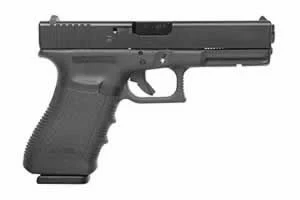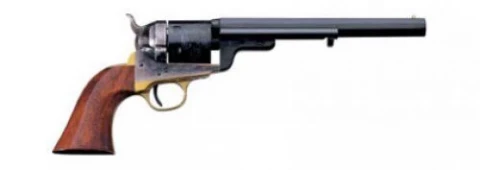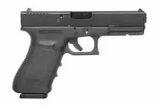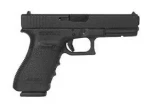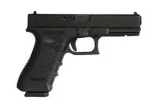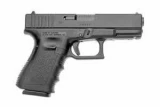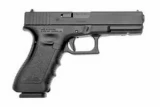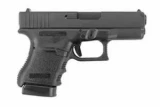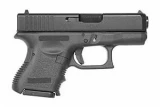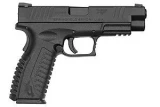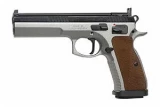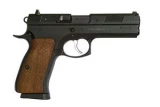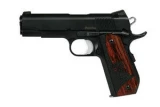Glock 20 vs Uberti 1851 Navy Conversion
Put handguns head to head to compare caliber and more.
| vs |
$728.12
|
| Handguns | Glock 20 | Uberti 1851 Navy Conversion |
|---|---|---|
| Summary | ||
| Rating | ||
| Rank | ||
| Action | Safe Action | Single |
| Caliber | 10mm Auto | .38 Special |
| Capacity | 15+1 | 6 |
| Finish | Black | Blue |
| Sights | Fixed | |
| Barrel Length | 4.60" | 4.75" |
| Gun Type | Revolver | |
| Grip | Wood Walnut | |
| Details | ||
| Brand | Glock | |
| Reviews | See 10 Reviews | See 1 Review |
| Prices | ||
| MSRP | $811.88 | $730.12 |
| Used Price | $568.32 | $511.08 |
| Sale Price | $730.69 | $657.11 |
Handguns Descriptions
Glock 20
The GLOCK 20 Gen4, in 10mm, provides nothing short of massive firepower. The use of GLOCK hi-tech polymer considerably reduces felt recoil. With muzzle energy of 550 ft/lbs and a magazine capacity of 15 rounds, this 10mm is your reliable companion on every hunt. The Gen4 edition now incorporates a wider selection of grip dimensions to make customizing your grip even more precise. Glock 20 Gen 4 Specs at a glance - Caliber: 10mm Barrel: 4.61 inches Overall Length: 8.07 inches Weight: 30.69 ounces (empty) Grips: Polymer, modular backstrap Sights: White-dot Action: Semi-auto Finish: Polymer frame/Tenifer slide Capacity: 15+1
Uberti 1851 Navy Conversion
In 1872 Colt entered the market for metallic cartridge revolvers by introducing their factory-installed percussion-to-cartridge open top conversion of the 1861 Navy cap-and-ball revolver, followed quickly by the Richards-Mason conversion of the 1860 Army the following year. Based on a patent held by Colt employees Charles Richards and William Mason, the old cap and ball cylinders were cut down at the back to allow the installation of a conversion ring to accept metallic cartridges. In addition to civilian orders, Colt received an Army contract in 1871 to convert 1,000 Model 1860 Army percussion revolvers to use the .44-caliber centerfire cartridge being manufactured at the Frankford Arsenal. Eventually a total of 9,000 Open Tops and 2,100 Richards-Mason conversions were produced. Ultimately thousands of the Colt and Remington converted percussion revolvers found their way into the hands of sheriffs, outlaws, gunfighters, soldiers, cowboys, miners and ranchers throughout the Old West. The conversion revolvers were also fitted with ejector rods, a necessity for removing fired casings from the cylinder. br> The 1860 Conversion revolver frames had to be fitted with spacers in order to function properly and safely with the shortened cartridge conversion cylinders. The frames on Ubertis conversion revolvers are retro-fitted with loading gates to accommodate cartridges, exactly like the originals.

